BLOG
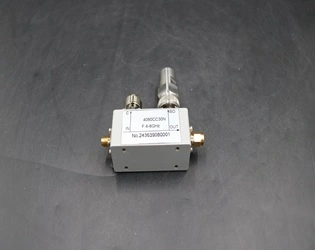
What are the Key Factors Affecting the Isolation Performance of a Coaxial Directional Coupler?
March 20, 2025
Understanding the isolation performance of coaxial directional couplers is crucial for achieving optimal RF and microwave system performance. The isolation characteristics directly impact the device's ability to separate forward and reverse signals, making it a critical parameter in applications ranging from testing and measurement to communication systems. This comprehensive analysis explores the key factors that influence isolation performance in coaxial directional couplers, providing insights into design considerations and optimization strategies for achieving superior isolation characteristics.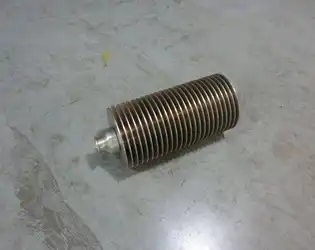
What are the different types of Coaxial Loads, and how do they differ?
March 20, 2025
In the complex world of RF and microwave systems, coaxial loads play a crucial but often overlooked role. These specialized components are designed to absorb and dissipate unwanted RF energy, preventing signal reflections that can damage sensitive equipment or cause system malfunctions. Advanced Microwave Technologies Co., Ltd, with over 20 years of industry experience, offers a comprehensive range of coaxial loads engineered to meet diverse requirements across multiple industries. This article explores the various types of coaxial loads available today, their distinctive characteristics, applications, and how to select the right one for your specific needs.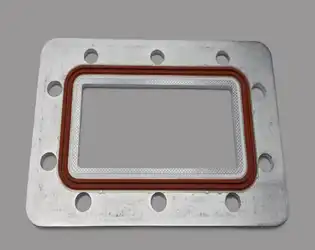
What Materials Are Commonly Used to Manufacture Waveguide Flange Gaskets?
March 20, 2025
Waveguide flange gaskets are critical components in microwave and radio frequency (RF) systems, serving as the interface between waveguide sections to ensure proper signal transmission. The choice of material for these gaskets significantly impacts system performance, reliability, and longevity. Commonly used materials for manufacturing Waveguide Flange Gaskets include conductive elastomers, beryllium copper alloys, silver-plated brass, aluminum, conductive silicone compounds, and specialized polymer composites. Each material offers distinct advantages depending on the application requirements, including frequency range, power handling capability, environmental conditions, and budgetary constraints. The optimal material selection ensures minimal signal loss, excellent RF shielding, adequate pressure distribution, and resistance to environmental factors that could compromise system integrity.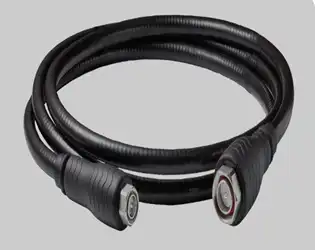
What are the key components of a waveguide cable assembly and how do they function together?
March 18, 2025
Waveguide Cable Assemblies represent a critical intersection of engineering precision and signal integrity in the world of high-frequency communications. These sophisticated components serve as the backbone of modern microwave systems, facilitating the efficient transmission of electromagnetic signals across a wide frequency spectrum. A Waveguide Cable Assembly consists of several carefully engineered components that work in concert to guide electromagnetic waves with minimal loss and distortion. Understanding these key components and their integrated functionality is essential for engineers and technical professionals working with high-frequency applications in satellite communications, defense systems, aerospace technology, and telecommunications infrastructure.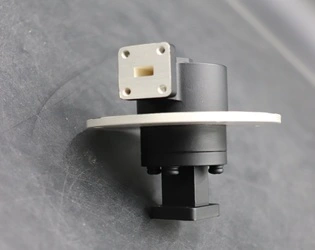
What are the fundamental working principles of a Waveguide Single Channel Rotary Joint?
March 18, 2025
Waveguide Single Channel Rotary Joints represent a critical component in microwave transmission systems where rotational movement is required while maintaining signal integrity. These precision electromechanical devices function by enabling the seamless transfer of microwave energy between stationary and rotating waveguide sections without significant signal degradation. The fundamental working principle involves creating a carefully engineered cylindrical cavity at the junction where electromagnetic waves can propagate across the rotating interface while maintaining proper mode alignment, impedance matching, and minimal energy loss. Advanced Microwave Technologies' Waveguide Single Channel Rotary Joints are engineered with high-precision tolerances and specialized materials to ensure reliable operation across varying frequencies, power levels, and environmental conditions.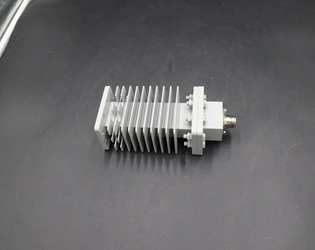
Coaxial Fixed Attenuators vs. Variable Attenuators: What's the Difference?
March 18, 2025
In the world of RF and microwave systems, signal management is a critical aspect that directly impacts overall system performance. Among the essential components for precise signal control, attenuators play a fundamental role. Coaxial Fixed Attenuators and Variable Attenuators are two primary categories that serve the purpose of reducing signal power to desired levels without distorting the signal waveform. While both types fulfill the basic function of attenuation, they differ significantly in design, application scenarios, and performance characteristics. This comprehensive guide explores the key differences between Coaxial Fixed Attenuators and Variable Attenuators, helping engineers and procurement specialists make informed decisions for their specific signal management requirements.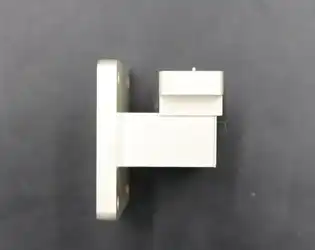
What is an End Launch Waveguide to Microstrip Adapter and how does it work?
March 17, 2025
An End Launch Waveguide to Microstrip Adapter is a specialized microwave component engineered to facilitate the seamless transition of electromagnetic signals between waveguide transmission lines and microstrip transmission lines. This sophisticated adapter serves as a critical interface in high-frequency systems, enabling efficient signal conversion while minimizing losses and distortions. By providing a smooth impedance match between these two fundamentally different transmission media, the End Launch Waveguide to Microstrip Adapter allows engineers to leverage the advantages of both waveguide technology (low loss at high frequencies) and microstrip technology (compact size and ease of integration). The adapter's design incorporates precision engineering to ensure optimal signal integrity across a wide frequency spectrum, making it an essential component in advanced microwave and millimeter-wave communication systems.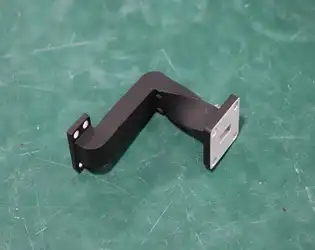
What are the advantages of using a Waveguide Twist in a microwave or RF system?
March 17, 2025
In the world of microwave and radio frequency (RF) systems, signal integrity and efficient transmission are paramount concerns for engineers and system designers. Among the various components that facilitate optimal performance in these systems, the Waveguide Twist stands out as a crucial element. A Waveguide Twist is a specialized component designed to change the polarization of electromagnetic waves as they propagate through waveguide systems. By enabling a rotation of the electric field, these precision-engineered components provide solutions to spatial constraints, polarization matching requirements, and system integration challenges that are common in complex microwave installations. The advantages of incorporating a Waveguide Twist extend beyond simple signal routing to include enhanced system performance, reduced signal distortion, and increased design flexibility across various applications from satellite communications to defense systems.




